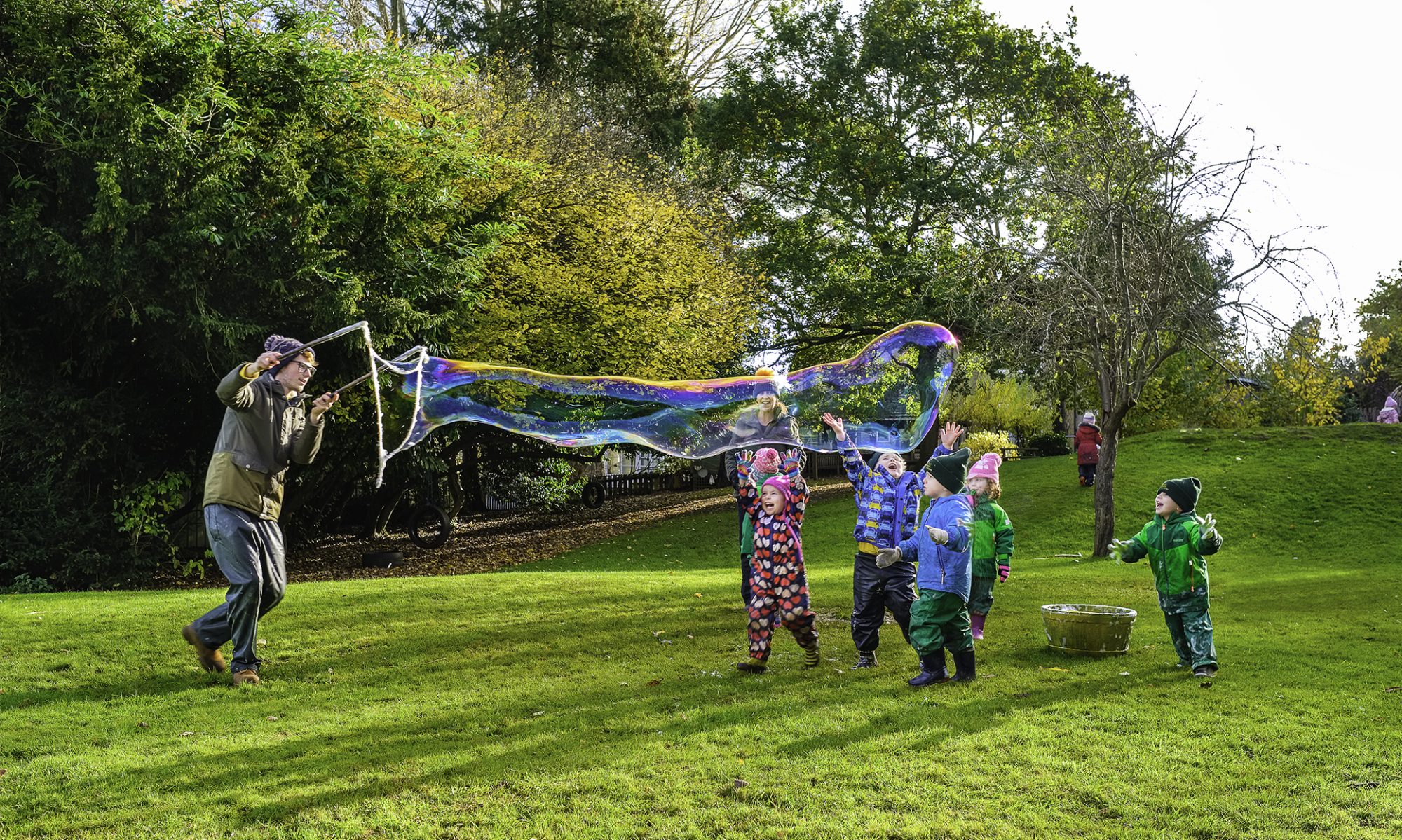This content is restricted to site members. If you are an existing user, please log in. New users may register below.

A traditional date to make the Christmas Pudding on the Sunday before the start of Advent.
Stir-up Sunday is a centuries-old annual tradition where home-cooks spend the last Sunday before Advent ‘stirring up’ their Christmas pudding. That means it’s not on the same date each year and falls somewhere at the end of November before Advent begins.
Rather than a cooking term, Stir-up Sunday gets its name from the beginning of the collect for the day in the Book of Common Prayer, which begins with the words, “Stir up, we beseech thee, O Lord, the wills of thy faithful people; that they, plenteously bringing forth the fruit of good works, may of thee be plenteously rewarded; through Jesus Christ our Lord. Amen.”. But it has become associated with the custom of making the Christmas puddings on that day as it served as a timely reminder to make the traditional Christmas food.

Cranberries are a member of the heather family and related to blueberries, bilberries, and lingonberries.
The most commonly grown species is the North American cranberry (Vaccinium macrocarpon), but other types are found in nature. They now grow on around 58,000 acres of farmland across the northern United States, Chile, and Canada.
Many people consider cranberries to be a superfood due to their high nutrient and antioxidant content.
In fact, research has linked the nutrients in cranberries to a lower risk of urinary tract infection (UTI), the prevention of certain types of cancer, improved immune function, and decreased blood pressure.
They are rarely eaten raw but are popular as a juice and of course as a sauce on the Thanksgiving dinner table. It’s no coincidence that National Eat a Cranberry Day falls just before Thanksgiving.

This day is to celebrate your unique talent. A day to embrace your odd or special skill and share it with your friends and family. Your unique talent might involve art, sports, strange noises, or double-joints. It doesn’t matter what it is, but we all have one!
So seize today as an opportunity to showcase your skill with a talent show or contest and wow your everyone with your unique ability!
Also known as Chanukah or the Festival of Lights, the festival of Hanukkah is a major Jewish festival.
Nowadays, Hanukkah features the tradition of lighting a special Hanukkah menorah with nine branches, lighting a new candle each night of Hanukkah. The menorah has a ninth candle (the ‘shamash’) which is used to light the other candles.
Commemorating the miracle of the burning lamp, it is traditional to eat foods fried in oil, such as potato latke pancakes or doughnuts. Other customs include spinning a top with Hebrew letters on the sides known as the dreidel (pictured above), and giving money to children. Chocolate coins or gelt (Yiddish for money) wrapped in gold and silver are exchanged at Hanukkah.

St. Andrew’s Day is celebrated annually on November 30th, as this is the generally accepted date of St. Andrew’s death.
St. Andrew’s Day is the feast day of Saint Andrew.
The day is celebrated annually on November 30th, as this is the generally accepted date of St. Andrew’s death in 60 AD.
St. Andrew’s Day (‘Là Naomh Anndrais’ in Scottish Gaelic) is Scotland’s National Day.
In 2006, the Scottish Parliament designated St. Andrew’s Day as an official bank holiday, but banks are not required to close and it is left to employers to decide whether to give their staff a day off. Employers are not required by law to give employees a holiday on the St. Andrew’s Day bank holiday.
Since 2002, the Saltire or Saint Andrew’s Cross (Scotland’s flag since 1521) must be flown from all Scottish Government buildings with a flagpole

Save The Children Christmas Jumper Day is on Friday 10 December, Jumpers are welcomed all week too. We’d like to see parents in their jumpers too! Don’t forget to name the jumpers.

Celebrating the Christian saint who sold everything he owned to give money to the poor, St. Nicholas Day, also known as the Feast of St. Nicholas, is observed on December 6th and is celebrated throughout much of northern Europe.
Traditions include leaving small gifts and treats in shoes. While still considered a different entity than our modern-day Santa Claus, many of the traditions of Santa originated with the legends of St. Nicholas.
Saint Nicholas was a Greek Bishop of Myra (now part of modern-day Turkey) in the fourth century. Nicholas was born to wealthy parents who died in an epidemic while he was still young. A devout Christian, he gave his inheritance to the poor and needy, gaining a reputation for secret gift-giving.

For six months now, the days have grown shorter and the nights have grown longer in the Northern Hemisphere – but that’s about to reverse itself. The winter solstice marks the shortest day of the year in the Northern Hemisphere when the sun appears at its most southerly position, directly overhead at the faraway Tropic of Capricorn.Winter solstice traditions and celebrations
It’s no surprise many cultures and religions celebrate a holiday — whether it be Christmas, Hanukkah, Kwanzaa or pagan festivals — that coincides with the return of longer days.
Ancient peoples whose survival depended on a precise knowledge of seasonal cycles marked this first day of winter with elaborate ceremonies and celebrations. Spiritually, these celebrations symbolize the opportunity for renewal, a shedding of bad habits and negative feelings and an embracing of hope amid darkness as the days once again begin to grow longer.
Many of the ancient symbols and ceremonies of the winter solstice live on today.


